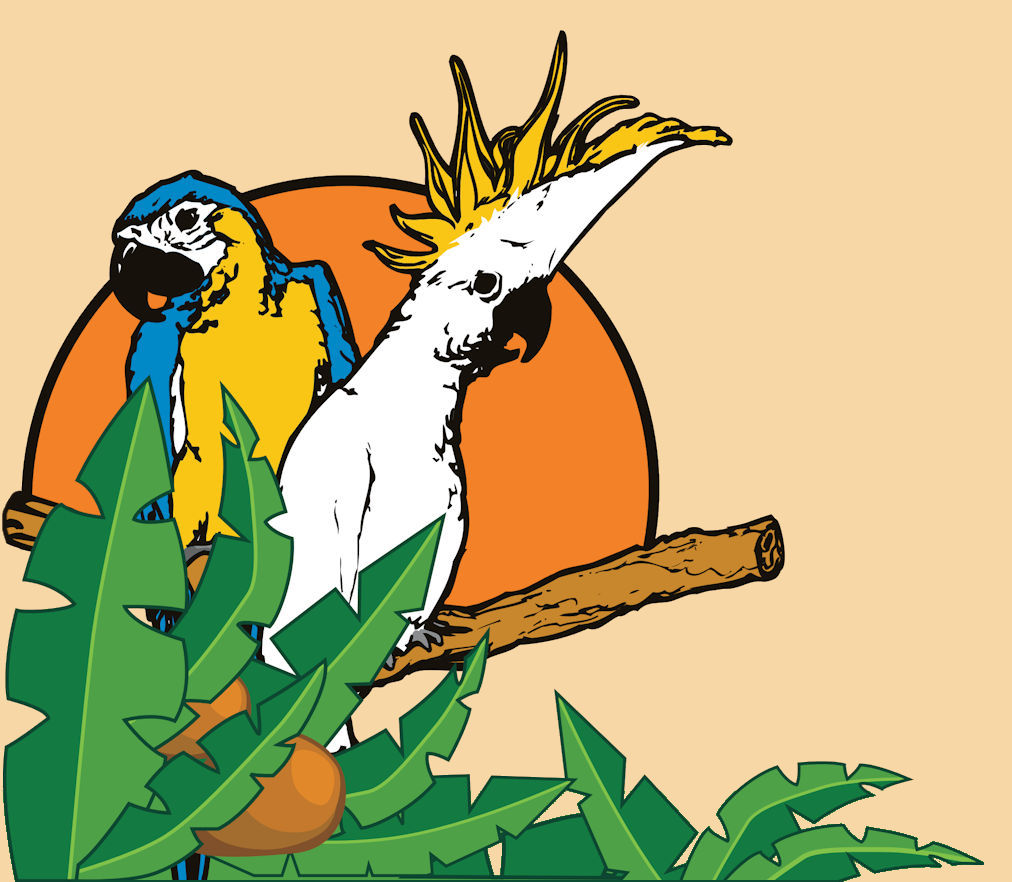Cockatiels are one of the top rated birds kept as pets due to their reasonable temperaments, whistling ability, and small size. Because of their popularity, breeders have produced different color and pattern varieties from the standard grey. Recognizing these different mutation combinations can be confusing, so here is a simple guide to start out with:
GREY: The dark grey is the natural, standard cockatiel coloration. The body and tail feathers are all grey with white bars on their wings. Males have the notable bright yellow heads and orange cheek circles. The colors of the female are muted, and they retain horizontal stripes on the underside of their tail feathers.
CINNAMON: The cinnamon coloration is like that of the normal grey, but lighter in color and can contain a light brown tint.
PEARL: This “polka dot” pattern is usually very symmetrical and pronounced in female cockatiels. Young male pearl cockatiels tend to lose much of the spotted pattern as they molt and more pigmented grey feathers grow in.
PIED: Many animals can be “pied”, which is defined as having patches of 2 or more colors. Cockatiels with this color pattern will have random areas of yellow on their body and sometimes yellow wing and tail feathers mixed with the grey.
LUTINO: Lutino cockatiels are all yellow with orange cheek patches. Their color can range from strong yellow to almost white. Lutinos may also be patterned pearl or pied, but it is more difficult to notice because it appears as yellow-on-yellow.
ALBINO: These cockatiels are all white with pink eyes, and are actually a combination of white-face and lutino! White-faced mutations have white coloration where any yellow would normally be, and no orange cheeks.
Sometimes a cockatiel with a pattern like pearl or pied will have light grey instead of dark grey, resulting in a cinnamon pearl or cinnamon pied. White-faced cockatiels can also be pearl, pied, and/or cinnamon, leading to white and grey birds with no cheek patches! Genetics can be very complicated, and there are many other combinations and mutations, like pastel and olive, but they are less commonly seen.
